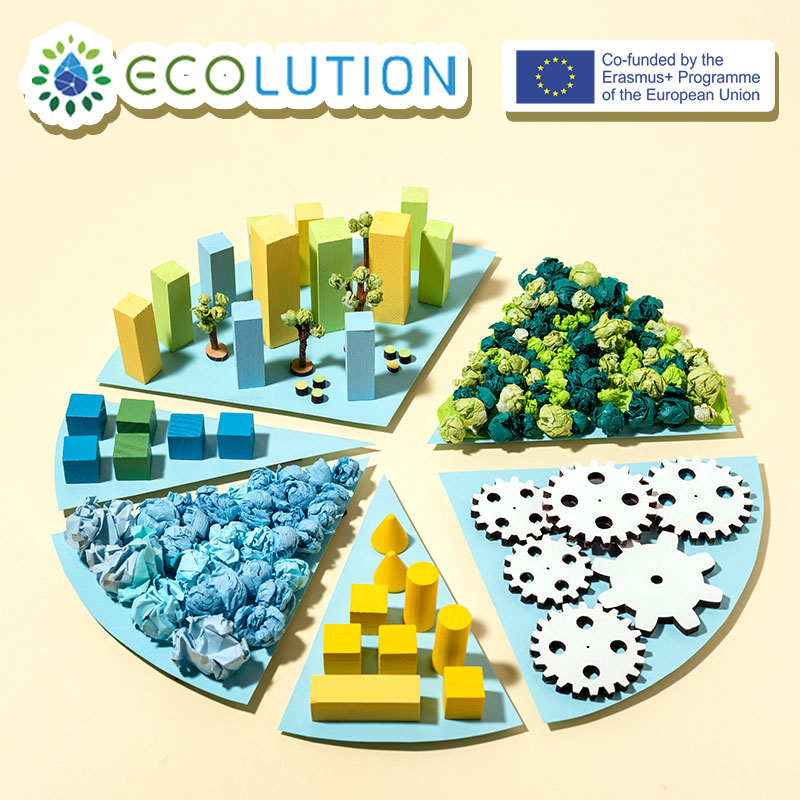Intro
Innovation can often be intangible in its very essence. Sometimes, they are arrived upon after months or years of tireless iteration. Other times, they arrive as an epiphany, seemingly out of thin air. Though we may not know exactly how to quantify how an innovation occurs, we can certainly analyze them once they are created.
There are numerous frameworks for analyzing business innovations, but one of the most popular is Doblin’s 10 Types of Innovation. Developed by the Doblin Innovation Firm in Chicago, innovations are divided into three categories: configuration, offering and experience.
Configuration focuses on the innermost workings of an enterprise and its business system, offering focuses on an enterprise’s core product or service, and experience focuses on customer-facing elements. Having a strong understanding of each of these “blocks” can help businesses focus their innovation and R&D efforts and understand which areas of their businesses may be lacking in innovation.
1 – Profit Model Innovation
Profit Model Innovation is essentially about a how firm makes money. Sometimes referred to as business model innovation, Doblin states that this type of innovation “often challenge an industry’s tired old assumptions about what to offer, what to charge, or how to collect revenue.”
Example: Gillette
Gillette pioneered the so-called “Gillette model” — by selling one item (a razor) at a low price (or even giving it away for free), they are able to charge more for consumable, complementary goods (razor blades). The Gillette model has been a shining example of profit model innovation and has been adapted to numerous other industries, including printers (printers and ink cartridges) and coffee machines (Nespresso machines and coffee pods).
2 – Network Innovation
Network Innovation is essentially about how you create value by connecting with others. Doblin states that network innovations “provide a way for firms to take advantage of other companies’ processes, technologies, offerings, channels, and brands… these innovations mean a firm can capitalize on its own strengths while harnessing the capabilities and assets of others.”
Example: P&G’s Connect + Develop
P&G’s Connect + Develop embraces the concept of open innovation, where projects and initiatives eschew the traditional proprietary and secretive R&D labs that companies have in order to foster large-scale collaboration. P&G uses Connect + Develop in order to connect to and crowdsource innovations from external innovators and companies. The initiative has fostered multiple partnerships as well as products, including a collaboration with OraLabs that made a new lip balm for P&G’s Covergirl brand.
3 – Structure Innovation
Structure Innovation is essentially about how you organize and align your assets and talents. Doblin states that structure innovation “can include everything from superior talent management systems to ingenious configurations of heavy capital equipment.” Structure innovations can be exceptionally difficult for competitors to copy, as they usually require major organizational change, large capital investments, and support from company leaders.
Example: Zappos
In 2013, Zappos CEO Tony Hsieh radically reorganized the company into a holacracy, a decentralized management system that boasted “no job titles, no managers, no hierarchy” where teams operate like small independent businesses, even operating their own individual budgets. While a holacracy represents one side of an extreme, there are an infinite number of management structures that exist between strict hierarchies and holacracies that can be adapted to fit businesses.
4 – Process Innovation
Process Innovation is essentially about how you use your signature or superior methods to do your work. Doblin defines process innovation as requiring “a dramatic change from ‘business as usual’ that enables the company to use unique capabilities, function efficiently, adapt quickly, and build market–leading margins.” Process innovations enable companies to improve its core products or services in a more time or cost-efficient manner than their competitors or in ways that are more accessible or appealing to customers.
Example: Toyota
Toyota is famous for their “lean” production system designed to reduce waste and excess, focusing on continuous improvements over many years in pursuit of maximum efficiency. Toyota’s production philosophy allowed for cheaper cars that didn’t compromise quality, leading to their successful entry into the American market in the 1970s and 1980s.
5 – Product Performance Innovation
Product Performance Innovation is essentially about how you develop distinguishing features and functionality. Doblin defines product performance innovation as involving “both entirely new products as well as updates and line extensions that add substantial value.” Often, product performance innovations are the easiest for competitors to copy.
Example: Dyson
Dyson is a British manufacturer of household appliances like vacuum cleaners, air purifiers, hand dryers, fans, heaters, hair dryers, and lights. Dyson innovates continuously across all of their products to eliminate parts and simplify processes for the user, as seen in their bladeless fan and bag-less vacuum cleaner. As a result of their superior product performances, Dyson is able to charge customers a premium for their products.
6 – Product System Innovation
Product System Innovation is essentially about how you create complementary products and services. Doblin defines product system innovation as innovations that “are rooted in how individual products and services connect or bundle together to create a robust and scalable system.” This can also include offerings that the company doesn’t own or produce but create additional value when added into the system.
Example: Apple
Apple is famous for their closed product system, providing unparalleled integration, connectivity, and a seamless user experience between their various products. With the individual popularity of each product, Apple is able to bring more customers into its ecosystem and has reaped the benefits — it is now one of the most valuable companies in the world.
7 – Service Innovation
Service Innovation is essentially about how you support and amplify the value of your offerings. Doblin defines service innovation as ones that “make a product easier to try, use, and enjoy; they reveal features and functionality customers might otherwise overlook; and they fix problems and smooth rough patches in the customer journey.”
Example: Harrods
Harrods is a British department store located in London and is one of the most famous department stores in Europe. Harrods’s motto is “Omnia Omnibus Ubique” (“All Things for All People, Everywhere”), leading to their reputation of being able to source anything for its customers (even gold bars). This is a classic example of “halo services,” services that may be used infrequently but can be invaluable to people’s perception of a company.
8 – Channel Innovation
Channel Innovation is essentially about how you deliver your offerings to customers and users. Doblin states that the “goal is to ensure that users can buy what they want, when and how they want it, with minimal friction and cost and maximum delight.” Channel innovation is far-reaching and often works in conjunction with other types of innovation.
Example: Dow Corning
Dow Corning is an American multinational corporation that manufactures industrial materials like silicone. In 2002, Dow Corning launched Xiameter, their web-based sales channel, offering a no-frills experience for cost-conscious buyers who didn’t need technical support or advice. While sales through intermediaries like sales agents had been the norm, this new sales channel greatly reduced the need for them, in some cases eliminating them entirely.
9 – Brand Innovation
Brand Innovation is essentially about how you represent your offerings and business. Doblin defines great brand innovations as ones that “distill a ‘promise’ that attracts buyers and conveys a distinct identity.” Brand innovation isn’t as simple as a single successful campaign or marketing strategy or the creation of a new brand — it revolves around designing and expressing a brand in a way that is distinct from your competitors but still relevant to your customers.
Example: Gore-Tex
Gore-Tex is a waterproof, breathable fabric manufactured by W.L. Gore & Associates that can repel liquid water while allowing water vapor to pass through. Gore-Tex has a variety of applications but is mostly used for lightweight, waterproof clothing for all-weather use. The successful branding of Gore-Tex has led it to become synonymous with high-performance fabric, and products that utilize Gore-Tex often mention it prominently in order to take advantage of consumer’s trust in the Gore-Tex brand.
10 – Customer Engagement Innovation
Customer Engagement Innovation is essentially about how you foster compelling interactions. Doblin defines great customer engagement innovations as ones that “provide broad avenues for exploration, and help people find ways to make parts of their lives more memorable, fulfilling, delightful — even magical.” Customer engagement innovation often overlaps with or is embedded within other innovation types, like brand or service.
Example: Sephora
Sephora offers various classes through their stores, such as beauty classes taught by experts for customers who want to improve their makeup or skincare skills or confidence classes that help customers who are facing major life transitions. Through these auxiliary offerings, customers are engaged in a way that makes them see Sephora not just as a brand, but a lifestyle.
Conclusion
As we can see, innovations can span the entire gamut of a business, and seemingly simple innovations have the possibility of changing whole industries as well as the world. Innovation is always around the corner, so use Doblin’s 10 Types to better harness the imagination of your organization.




